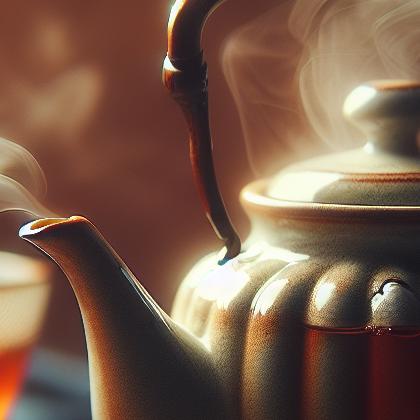Showing results for 'Tea'
close
Tea

Infusion is the process of extracting chemical compounds or flavors from plant material in a solvent such as water, oil or alcohol, by allowing the material to remain suspended in the solvent over time (a process often called steeping). An infusion is also the name for the resultant liquid. The process of infusion is distinct from decoction, which involves boiling the plant material, or percolation, in which the water passes through the material (as in a coffeemaker).
Brewed tea Properties:
| Food Property | Type | Description |
|---|---|---|
| Flavor Profile | Bitter | Brewed tea can have a bitter taste, especially if steeped for too long or with certain types of tea leaves. |
| Astringency | Brewed tea can have a slightly drying or puckering sensation on the tongue, known as astringency. | |
| Aroma | Volatile Compounds | Brewed tea releases various volatile compounds that contribute to its aroma, which can vary based on the type of tea leaves used. |
| Color | Natural Pigments | The color of brewed tea can vary depending on the type of tea leaves used and their processing, with natural pigments contributing to the hue. |
| Nutritional Value | Phytochemicals | Brewed tea contains phytochemicals such as catechins and flavonoids, which are known for their antioxidant properties. |
| Chemical Composition | Acidity/Alkalinity (pH) | The pH level of brewed tea can vary depending on factors such as the type of tea leaves used and steeping time. |
| Texture | Moisture | Brewed tea has a liquid texture with varying levels of moisture depending on the steeping time and temperature. |
Food Pairing App - Version 1.2.0
